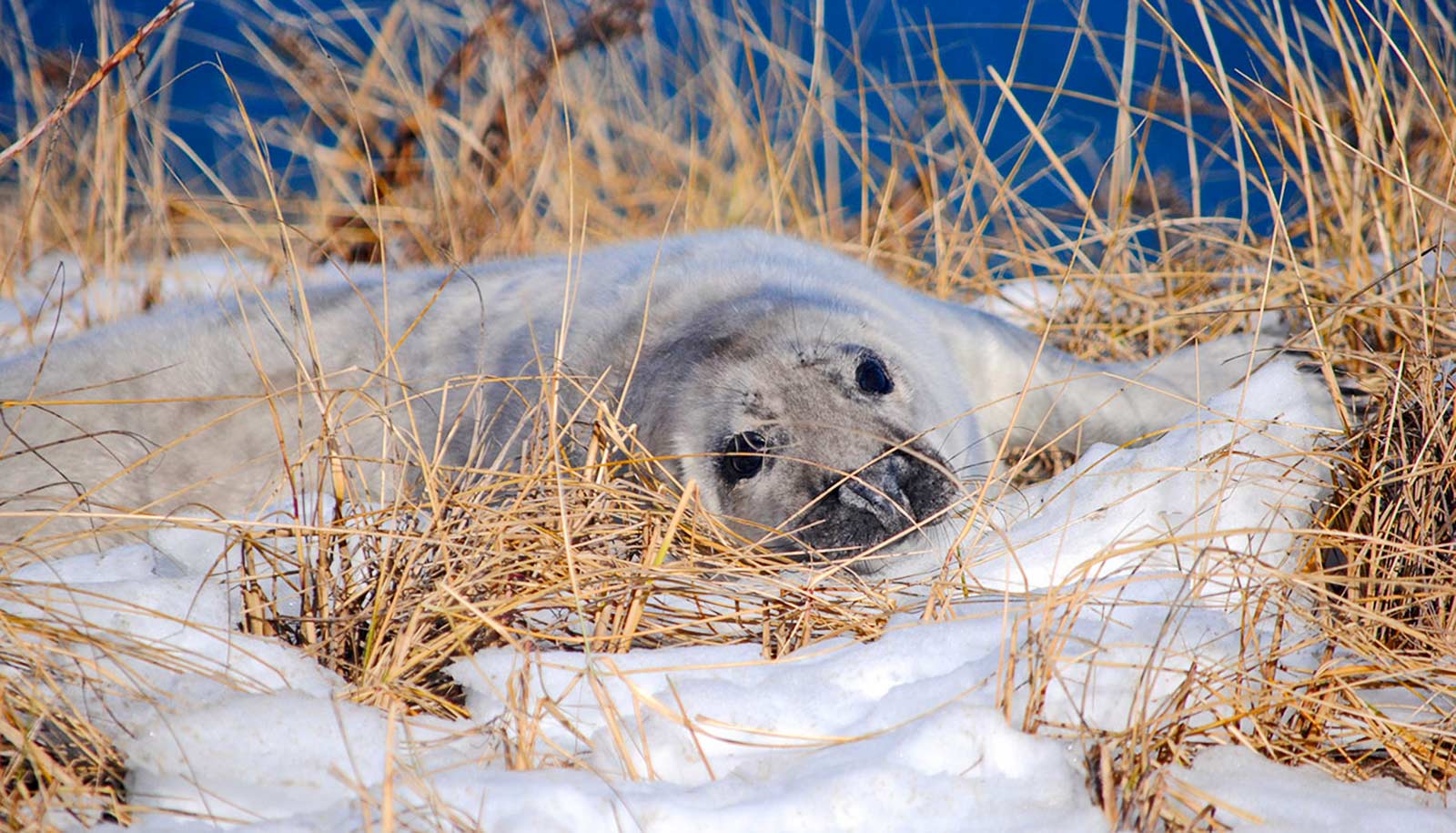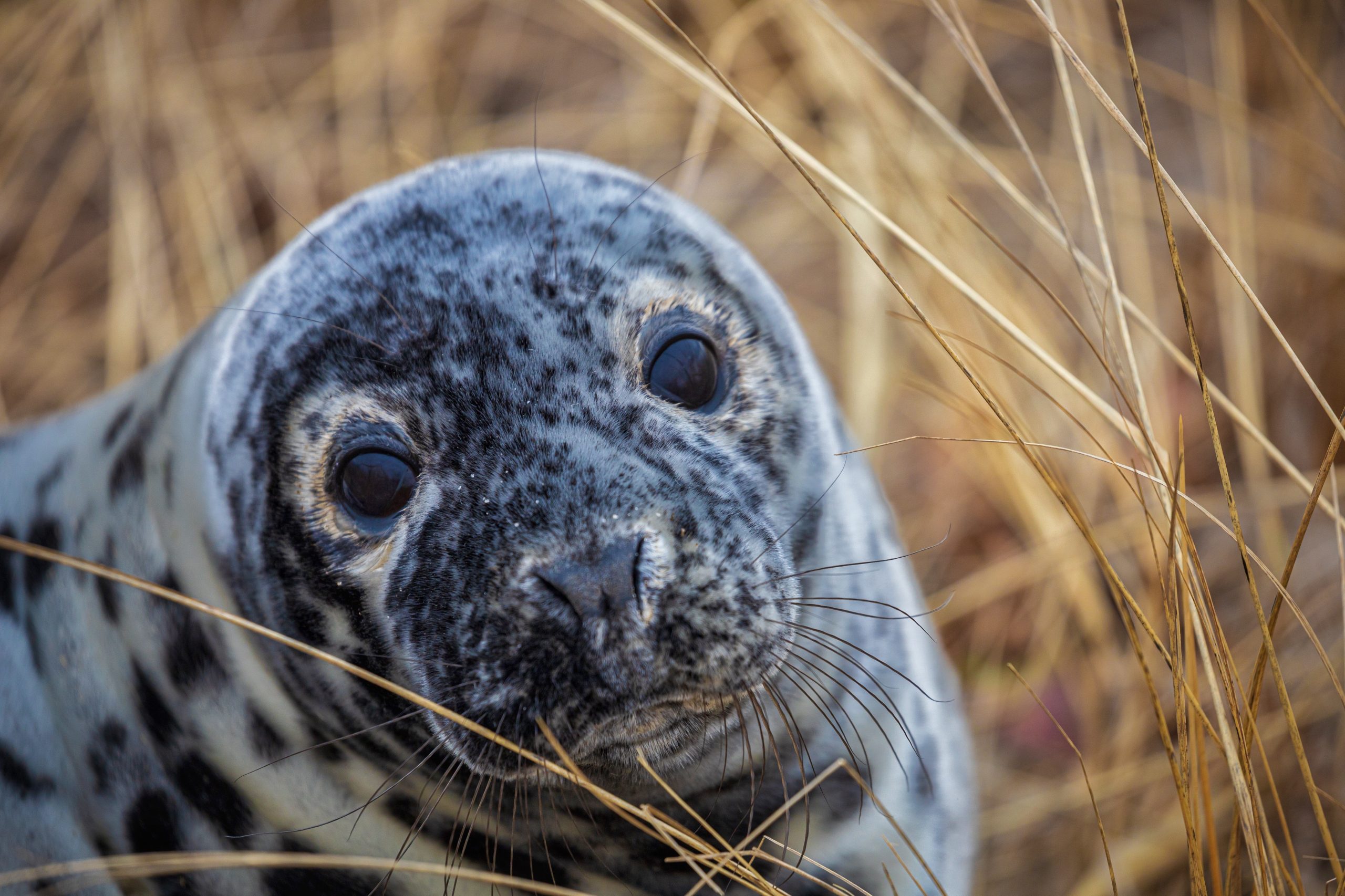Author Archives: Wendy Puryear
High Path Avian Influenza identified in seals
An unusual mortality event that started in Maine during the summer of 2022 is associated with High Path Avian Influenza H5N1.
New insights on phocine distemper virus

Study documents growing population of grey seals
Image

The Vineyard Gazette
by: Will Sennott
https://vineyardgazette.com/news/2020/03/02/muskeget-island-aids-gray-seal-study
Grey Seal Pup Captures 2020
It’s our 8th season of grey seal pup captures. Check out the following news stories, blogs, and updates for an overview of the types of collaborations that are ongoing. 
Researchers Return to Study Gray Seal Pups in New England https://www.fisheries.noaa.gov/feature-story/researchers-return-study-gray-seal-pups-new-england
Coming Face To Face with Grey Seal Pups https://bit.ly/2RHVGHP?fbclid=IwAR2O1JKiXS5td5V42B7y5NyBZnnx_JaACgJtrVg6aCWI2PWiARX6QvxBxmI
Mystic Aquarium Field Research: Gray Seal Pup Assessments http://Mystic Aquarium Field Research: Gray Seal Pup Assessments
Going sealing on the Gloria Michelle https://www.fisheries.noaa.gov/science-blog/going-sealing-gloria-michelle
Researchers get the scoop on seals https://www.capecodtimes.com/news/20200201/researchers-get-scoop-on-seals?fbclid=IwAR3qnU3Ak8HNc4XYtdpwMt7tmUQMnET4L9PbcHvnD4w6oynui5cfkPv9AtI
Runstadler lab talks seals, gulls, and viruses on This Week in Virology
Vincent Racaniello and Alan Dove traveled to Tufts Veterinary school to discuss the ins and outs of studying wild reservoirs for influenza.

Science and the Shutdown
Beyond the people and research directly impacted by the partial government shutdown, there are additional stories regarding the impact of this shutdown that should also be told. From my own discussions with friends and family it’s clear that there is a substantial under appreciation for how many additional people and programs are being affected by this. Work on this project, being one example.
Not along ago, seals were essentially extinct within the US waters of the North Atlantic. Born in the mid 70s, I grew up in New England and never once heard anything to suggest that I lived in a region that large marine mammals also called home. After the marine mammal protection act went into effect in 1972, it took 20-30 years before the population rebounded enough to become noticeable to those frequenting the Atlantic coast. Until recently it was a fairly rare event to see a seal along the Cape. In the last decade, the local population has undergone such rapid growth that seals have thrust themselves into heated public controversies that span fisheries, tourism, recreation, conservation, public health, and public safety. As this large, long lived species recolonizes an area that is densely populated by humans, in a region rapidly feeling the impact of a changing climate and shifting ecosystems, a wide range of critical questions NEED answers.
This past summer, an unusually high number of seals showed up on the beaches of New England dead or dieing at least in part, from a viral infection; animal provisioning led to the inevitable assertiveness of a wild animal looking for a hand out and resulted in two people being bitten by seals off of Cape Cod; and a life was tragically lost to a shark attack for the first time in 82 years, leading to an outcry for a cull on seals.
And yet this year, we will have little to no data that can be used to help inform the way forward. The government shutdown has prevented NOAA from conducting their work on population numbers, has prevented us from conducting our work on infectious disease, has prevented deployment of satellite tags that would enable tracking animal movements to better understand haul out usage and fishing grounds, and has prevented collection of data on diet, health, and contaminant loads.
Although many of us contributing to this work come from academic institutions or nonprofit organizations and our jobs are not technically shutdown, we rely upon expertise and resources of those who are.
And therefore, our work is shutdown.
Work that we do not simply pick back up when the government decides to reopen. The pupping season will be over. Our access to the animals will be gone. This entire research season, a critical season, will forever be missing from the dataset. And come next summer when we are faced with continuing challenges associated with increasing human/animal interactions, we will be missing some of the critical data that is needed to make effective, informed, decisions.
Waiting on the government
We eagerly await word that the government has reopened so that we can get underway with conducting our fieldwork. Nature doesn’t care about our politics, and as we wait, pups are being born and viruses are being spread.
